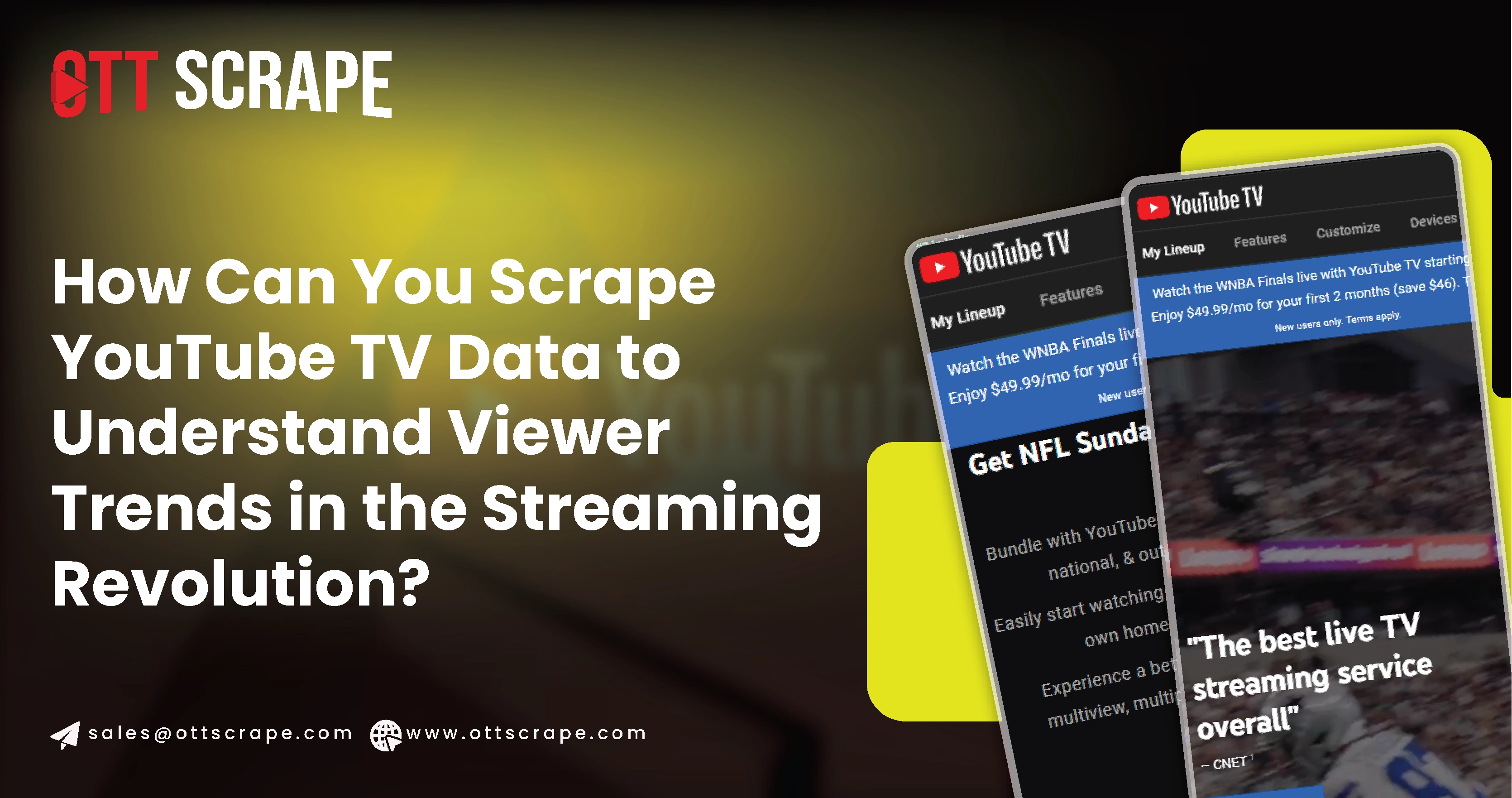
Introduction
The streaming landscape has transformed dramatically over the past decade, with traditional cable and satellite television giving way to many online streaming platforms. One of the prominent players in this arena is YouTube TV, a service that offers a blend of live television channels, on-demand content, and a cloud DVR feature. With the rise of on- demand viewing and declining cable subscriptions, YouTube TV has carved out a significant niche. In this article, we will explore the insights gleaned from data scraping YouTube TV, shedding light on viewer behaviors, content preferences, and the overall impact of the streaming revolution.
In particular, we will delve into YouTube TV datasets to uncover valuable trends and metrics to help industry stakeholders understand audience dynamics and optimize their content strategies. Businesses and content creators can gain a competitive edge in this rapidly evolving market by learning how to scrape YouTube TV data.
The Rise of Streaming Services
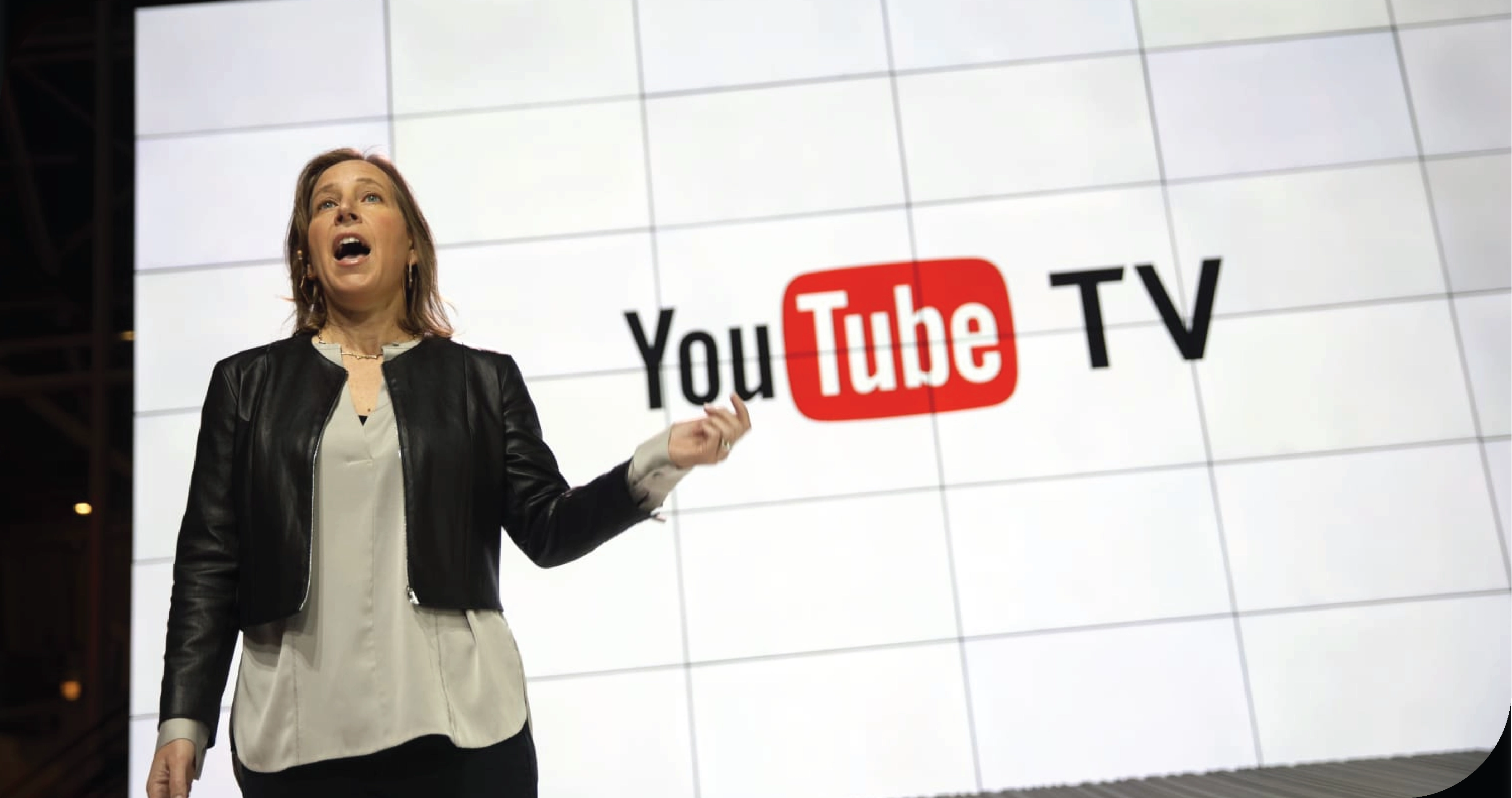
Various factors, including the desire for flexibility, a diverse range of content, and the elimination of costly cable contracts, have driven the shift from traditional television to streaming services. According to a report by eMarketer, over 80% of U.S. households now subscribe to at least one streaming service. The growing demand for streaming content has led to an explosion of platforms, including YouTube TV, Hulu, Netflix, Amazon Prime Video, and Disney+. This trend is not merely a fad; it represents a fundamental shift in how consumers engage with media.
YouTube TV, launched in 2017, has quickly gained traction among viewers looking for a cable-like experience without needing physical hardware or lengthy contracts. Its extensive channel lineup, including local and national broadcasters and an affordable monthly subscription, has attracted a broad audience. The service has become especially popular among younger viewers who prefer digital platforms over traditional cable. Additionally, YouTube TV Data Collection has become essential for businesses and marketers aiming to analyze viewer preferences and trends in the ever-evolving landscape of online streaming.
Data Scraping: A Powerful Tool for Insights
Data scraping involves collecting data from websites and online services to analyze trends, behaviors, and preferences. In the context of YouTube TV, data scraping can provide valuable insights into viewer habits, popular shows, channel performance, and user engagement metrics. This information can be instrumental for content creators, advertisers, and streaming services looking to enhance their offerings and better understand their audiences.
Types of Data to Scrape from YouTube TV
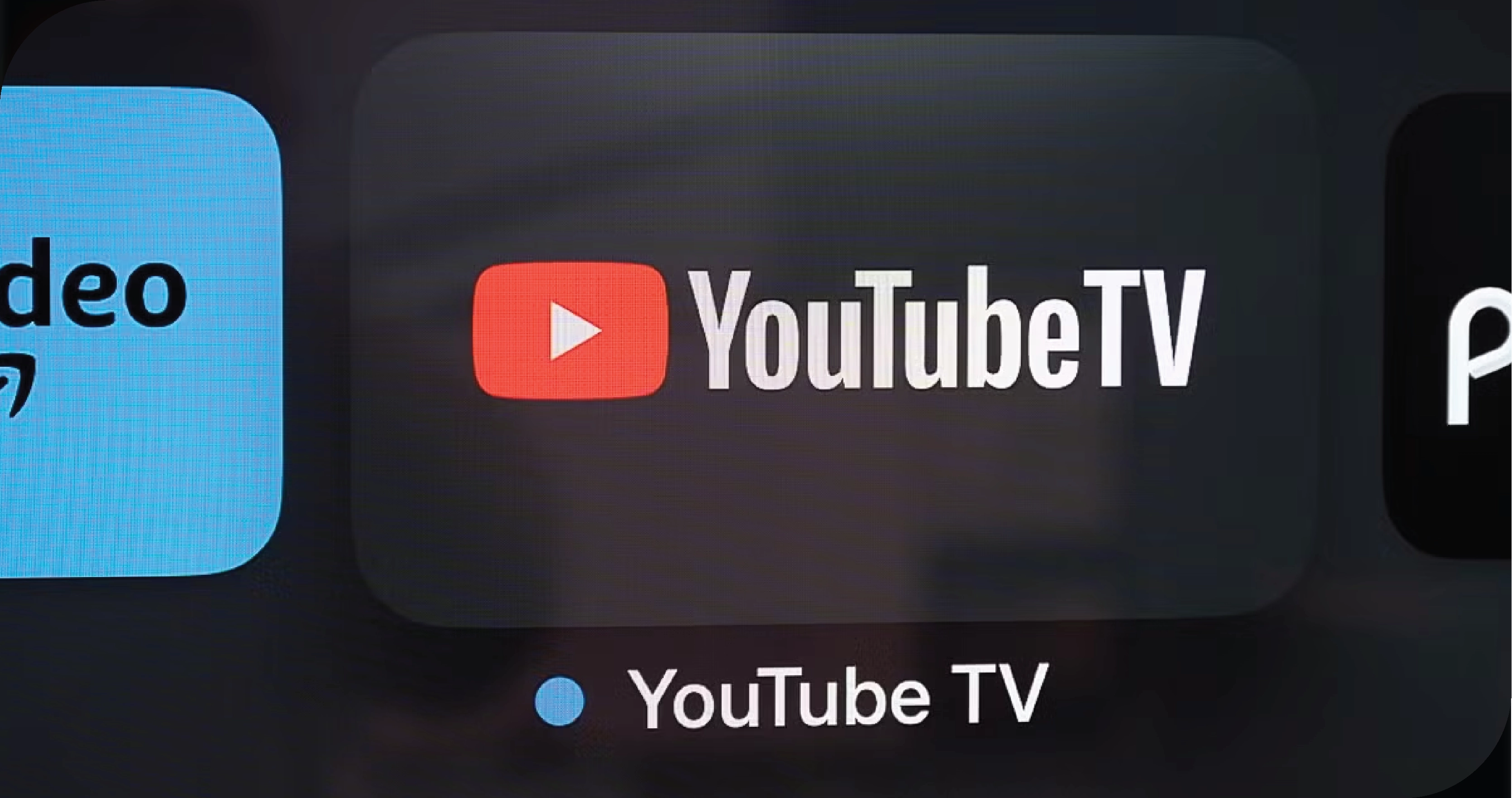
When scraping data from YouTube TV, several key metrics can be extracted:
1. Viewer Engagement Metrics: How long viewers watch specific shows, peak viewing times, and viewing frequency.
2. Content Preferences: Insights into what genres or types of content are most popular among different demographics.
3. Channel Performance: Data on the viewership of various channels, helping to identify trends and shifts in viewer preferences.
4. Search Trends: Analyzing search data can reveal what shows or channels viewers are actively looking for, providing insight into emerging interests.
5. DVR Usage: Understanding how often viewers utilize the cloud DVR feature can highlight the demand for on-demand viewing.
Aspects of YouTube TV Data Scraping
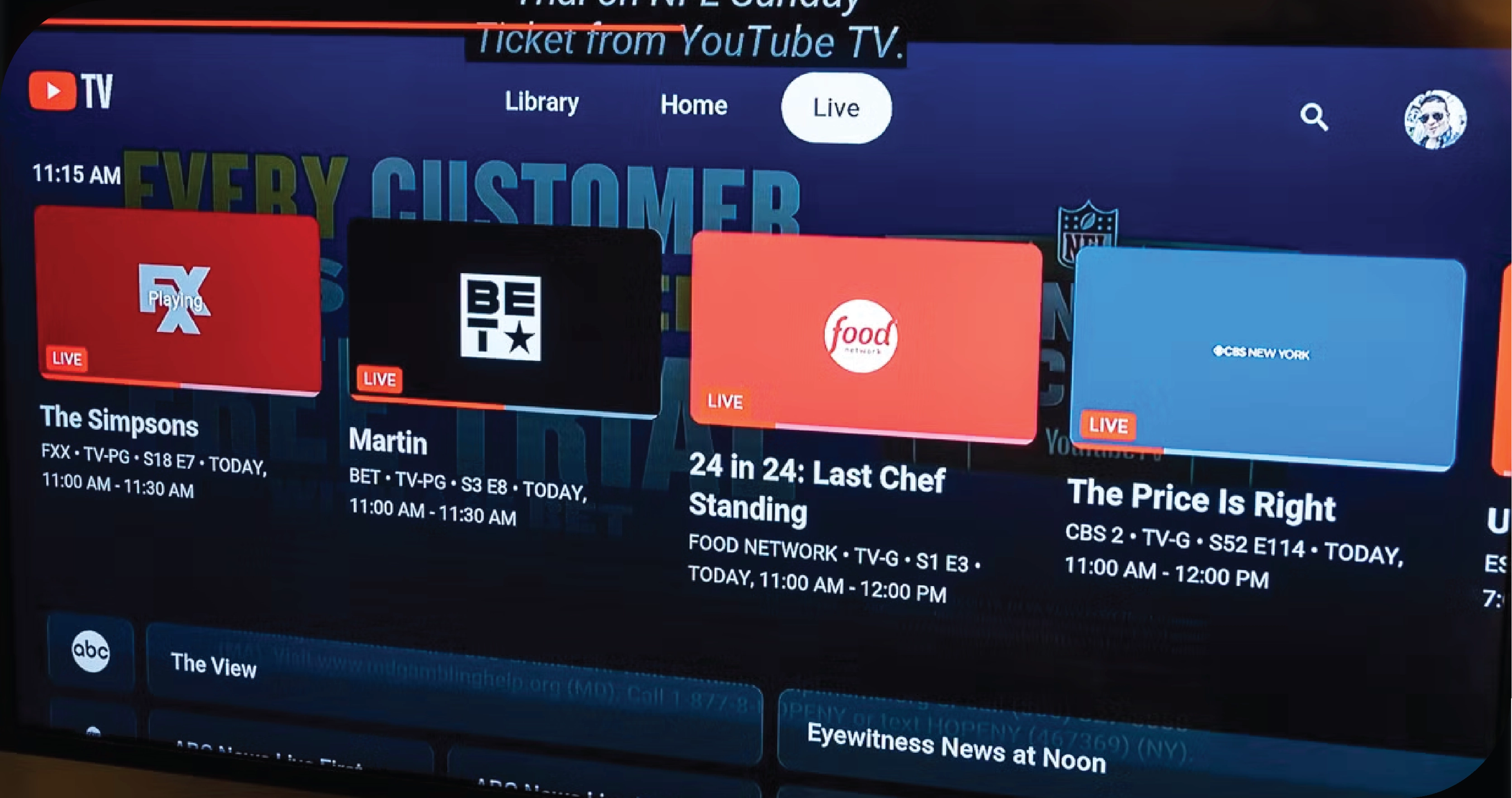
Listed below are the aspects of YouTube TV data scraping:
Analyzing Viewer Engagement Metrics: One of the most critical aspects of YouTube TV data extraction is analyzing viewer engagement metrics. We can uncover patterns in viewing behavior by examining how long viewers watch specific shows and at what times.
- Peak Viewing Times: YouTube TV data scraping services reveals that peak viewing times on YouTube TV typically align with traditional television viewing habits. Most viewers tune in during prime time, between 7 PM and 10 PM when popular shows and events air. However, data also indicates a notable increase in weekend streaming, especially for live sports events and reality shows. This information can be beneficial for advertisers looking to target their campaigns effectively.
- Average Watch Time: Average watch time is another crucial metric. Extract YouTube TV Data to understand that specific genres, such as sports and reality television, retain viewers for extended periods. In contrast, while still popular, scripted content often sees viewers switching it off after an episode or two. Understanding these trends allows content creators to tailor their programming to maximize viewer retention.
Content Preferences and Genre Popularity: Scrape YouTube channel data to reveal insights into content preferences and genre popularity among YouTube TV subscribers.
- Genre Breakdown: For example, an analysis of YouTube TV's content offerings might show that sports programming accounts for a significant portion of viewership, particularly among male demographics aged 18-34. Meanwhile, reality shows and scripted dramas may resonate more with female audiences in the same age group. This information can inform decisions about which genres to invest in, leading to more engaging content.
- Seasonal Trends: YouTube TV data scraping also reveals seasonal trends. For instance, in the fall, many viewers gravitate towards new television series, while in the spring, there tends to be a spike in viewership for reality shows that culminate in finales. Understanding these patterns can help networks schedule programming to align with viewer interests.
- Channel Performance Analysis: Analyzing channel performance is a critical component of YouTube TV data scraping. By examining how different channels perform over time, we can identify which are gaining popularity and which are experiencing declines in viewership.
- Popular Channels: For instance, channels that air live sports events, such as ESPN, consistently rank among the most viewed on YouTube TV. On the other hand, channels focused on niche content may see fluctuating viewership based on the time of year or specific programming. Data scraping can help networks understand these dynamics, enabling them to adjust their content strategies accordingly.
- Competitive Analysis: Data scraping also facilitates competitive analysis among streaming platforms. By comparing viewership data for YouTube TV against competitors like Hulu Live and Sling TV, stakeholders can identify strengths and weaknesses in their offerings. This information is invaluable for shaping marketing strategies and content acquisitions.
- Search Trends and User Behavior: Another area where data scraping provides valuable insights is into search trends and user behavior. Understanding what users are searching for can inform content creation and marketing strategies.
- Popular Searches: For example, data might reveal that certain shows or genres are frequently searched for during specific times, such as holiday-themed content in December or award-winning films during the Oscars season. This information can guide content creators in scheduling releases to align with viewer interest.
- User Journey Mapping: Data scraping can also map user journeys, revealing how subscribers interact with the platform. By analyzing users' paths to find content, streaming services can optimize their interfaces for better user experiences, potentially leading to increased engagement and retention.
The Impact of the Streaming Revolution on Advertising
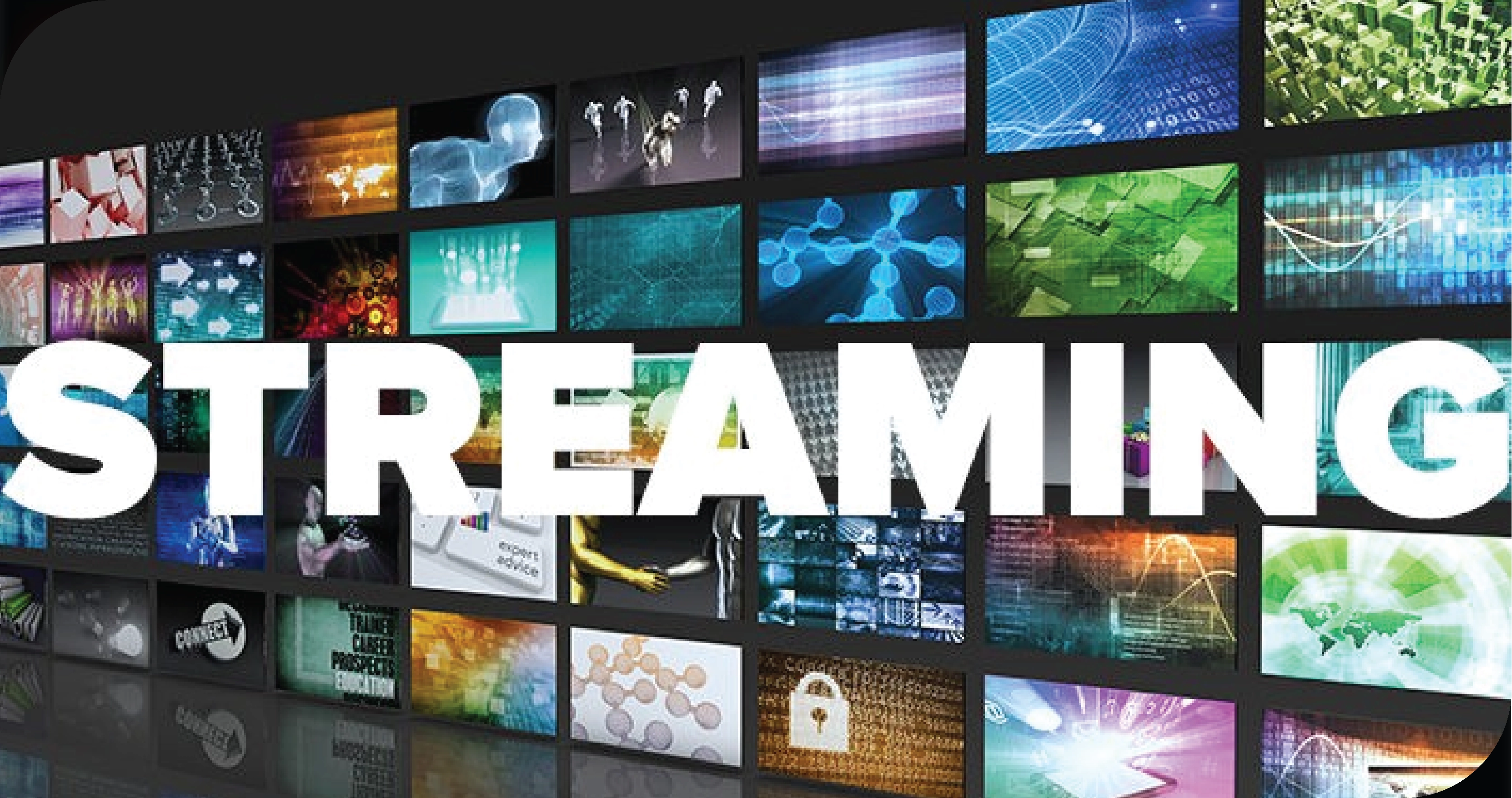
The rise of streaming services like YouTube TV has fundamentally altered the advertising landscape. Traditional advertising methods are becoming less effective as audiences shift away from cable and towards streaming platforms.
Targeted Advertising Opportunities: YouTube TV offers advertisers the ability to target specific demographics with precision. Data scraping can identify which shows attract particular audiences, enabling brands to tailor their campaigns for maximum impact. This shift towards targeted advertising benefits brands and enhances the viewing experience for users, as they are more likely to see ads relevant to their interests.
Ad Performance Metrics: Data scraping can also track ad performance metrics, such as view and click-through rates, allowing advertisers to assess the effectiveness of their campaigns in real-time. This data-driven approach empowers brands to make informed decisions about their advertising strategies, ensuring they get the most value from their ad spend.
Conclusion
The streaming revolution has fundamentally transformed how we consume content, and platforms like YouTube TV are at the forefront of this change. Scrape YouTube TV data to gain valuable insights into viewer behaviors, content preferences, and advertising trends. As streaming continues to grow in popularity, understanding these dynamics will be crucial for content creators, advertisers, and streaming services.
Data scraping enhances our understanding of current trends and helps predict future developments in the streaming landscape. As technology evolves and consumer preferences shift, the insights gleaned from YouTube TV data scraping will play an essential role in shaping the future of entertainment consumption. Embracing these changes will be vital for stakeholders looking to thrive in an increasingly competitive environment.
In this era of rapid change, the streaming revolution is far from over, and the data insights we can gather will help us navigate this exciting new landscape. The future of television is streaming, and platforms like YouTube TV will undoubtedly continue to lead the way, armed with the knowledge gained from data-driven strategies.
Embrace the potential of OTT Scrape to unlock these insights and stay ahead in the competitive world of streaming!
